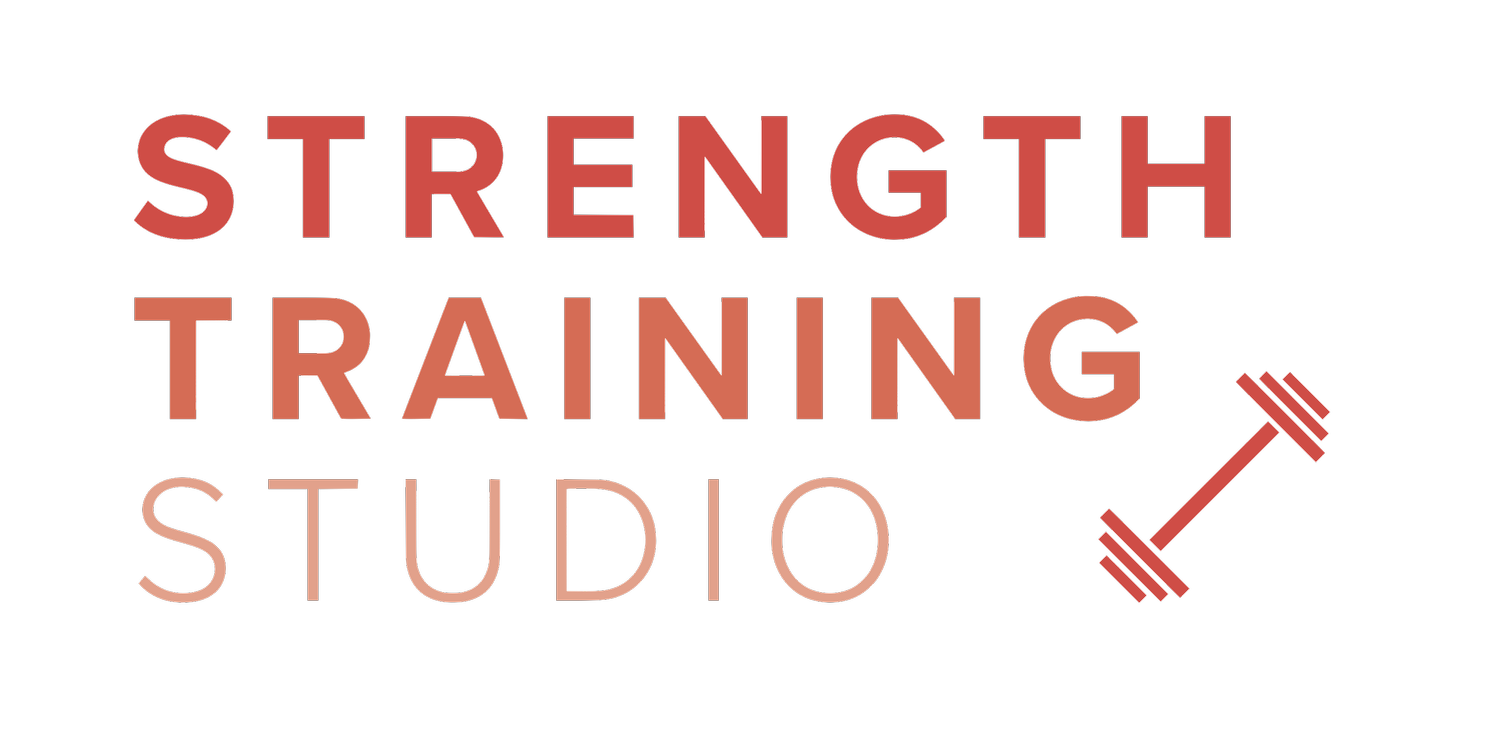Sprint Interval Training for Older Adults
Sprint interval training (SIT) holds particular importance as we age due to its potential to address various aspects of physical and metabolic decline associated with aging.
Here are key reasons why SIT is considered important for older adults:
1. Efficiency in Time and Effort:
SIT involves short bursts of high-intensity exercise followed by periods of rest or lower intensity. This structure allows for effective workouts in a shorter time, making it feasible for individuals with busy schedules or those who may have time constraints.
2. Cardiovascular Health:
SIT has been shown to improve cardiovascular health by enhancing aerobic capacity and increasing the efficiency of the cardiovascular system. This is particularly beneficial as aging is often associated with a decline in cardiovascular function.
3. Metabolic Benefits:
SIT can improve glucose metabolism and insulin sensitivity, crucial factors in preventing or managing age-related conditions like diabetes. This is important because aging is often accompanied by an increased risk of insulin resistance.
4. Maintaining Muscle Mass and Strength:
High-intensity intervals in SIT stimulate the development and maintenance of muscle mass and strength. This is vital for older adults as muscle loss and decreased strength are common with aging, contributing to issues such as frailty and a decline in overall functional ability.
5. Enhanced Mobility and Functional Capacity:
SIT has been associated with improvements in overall physical function, including aspects like balance, agility, and mobility. These benefits are crucial for maintaining independence and reducing the risk of falls and injuries in older individuals.
6. Mitigating Age-Related Declines:
Aging is often accompanied by declines in various physiological functions. SIT has the potential to counteract some of these declines by promoting adaptations in cardiovascular fitness, metabolic regulation, and muscular strength.
7. Adaptability to Individual Fitness Levels:
SIT can be adapted to individual fitness levels, making it accessible to a wide range of older adults. Modifications can be made to the intensity and duration of intervals to suit an individual's abilities and health status. Example: 1 minute of hard sprints can be swapped for a faster pace walk than normal or walk fast up a hill then slowly go down as your recovery.
8. Cognitive Benefits:
Emerging research suggests that exercise, including SIT, may have cognitive benefits, potentially reducing the risk of age-related cognitive decline and enhancing overall brain health.
In summary, sprint interval training provides a time-efficient and effective way for older adults to address key aspects of physical and metabolic health, contributing to an improved quality of life as they age.
